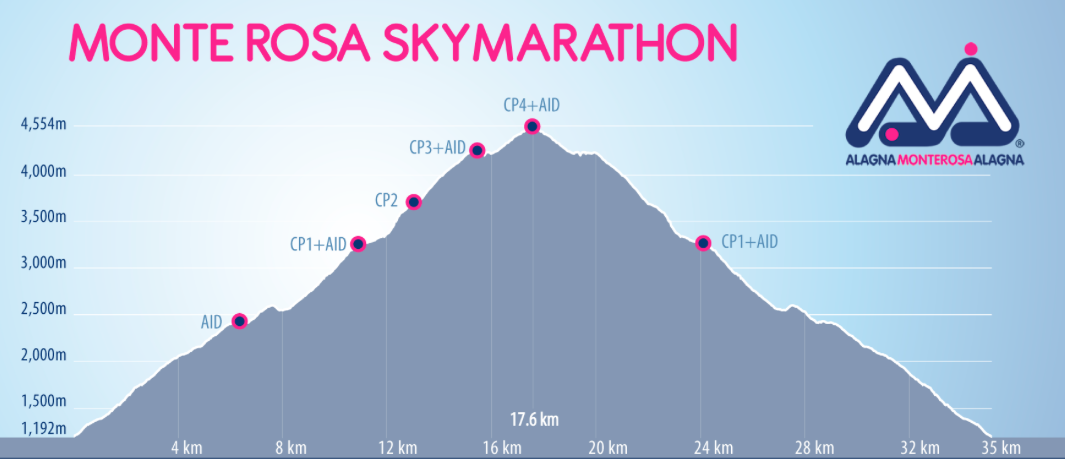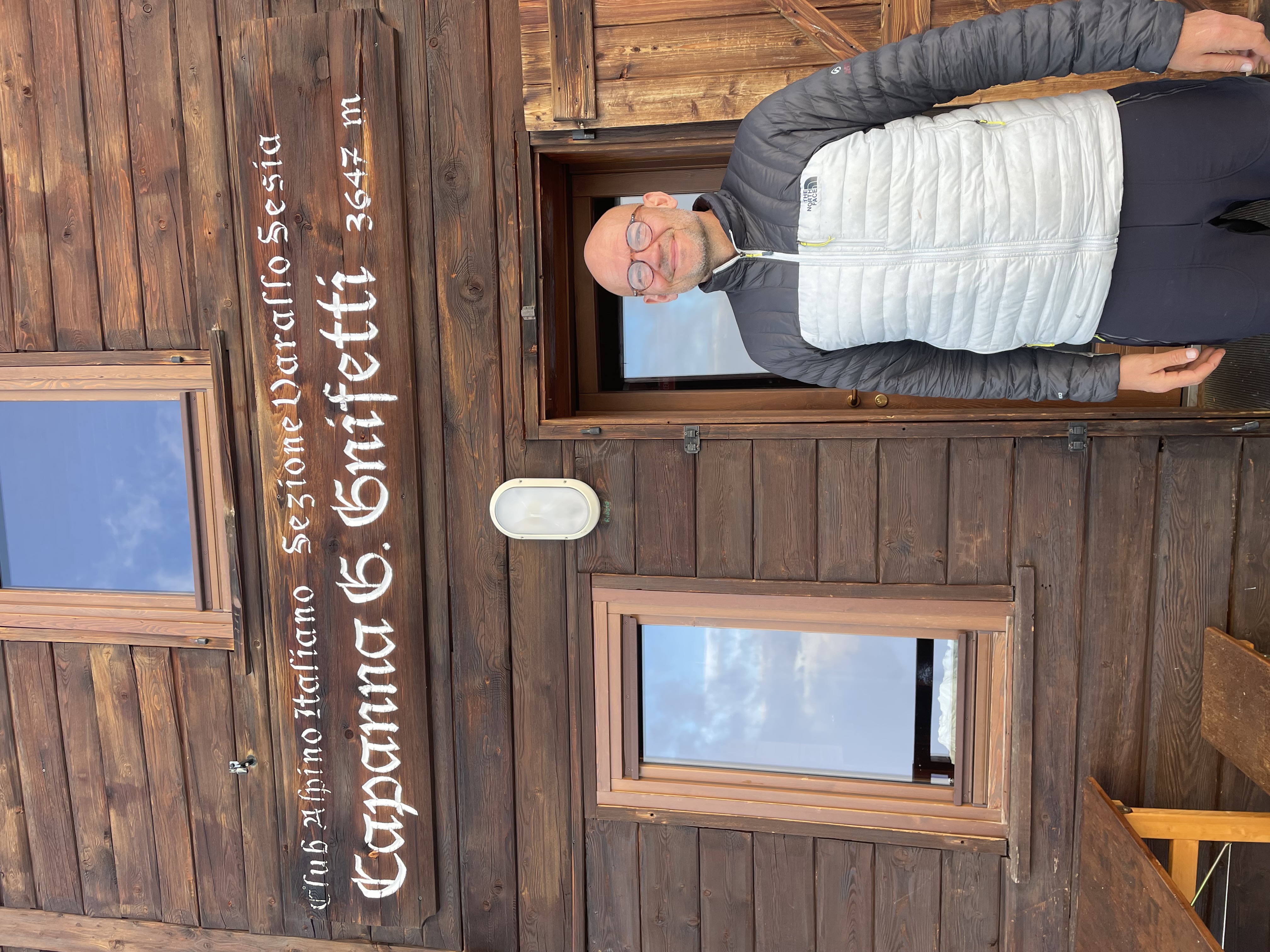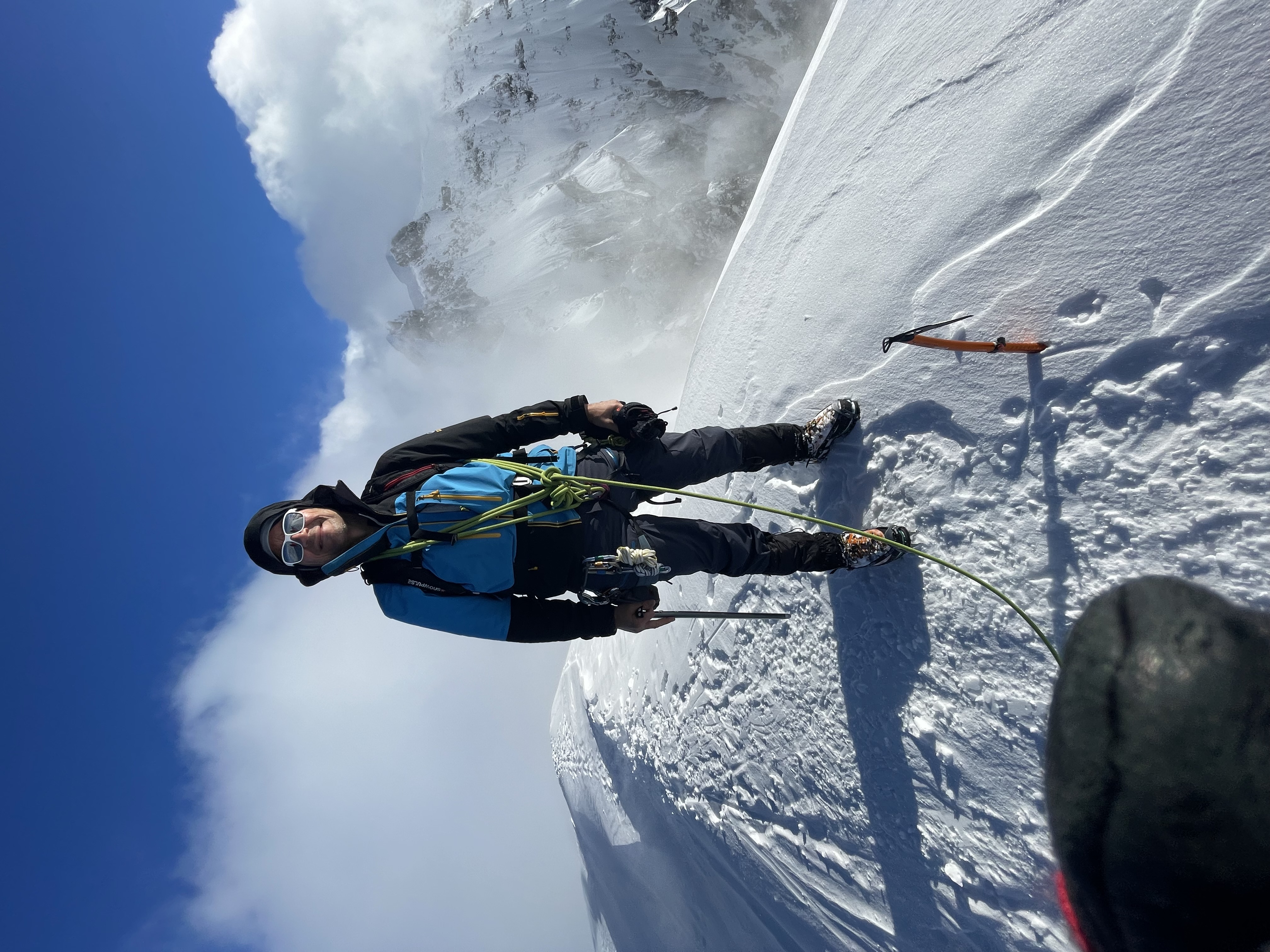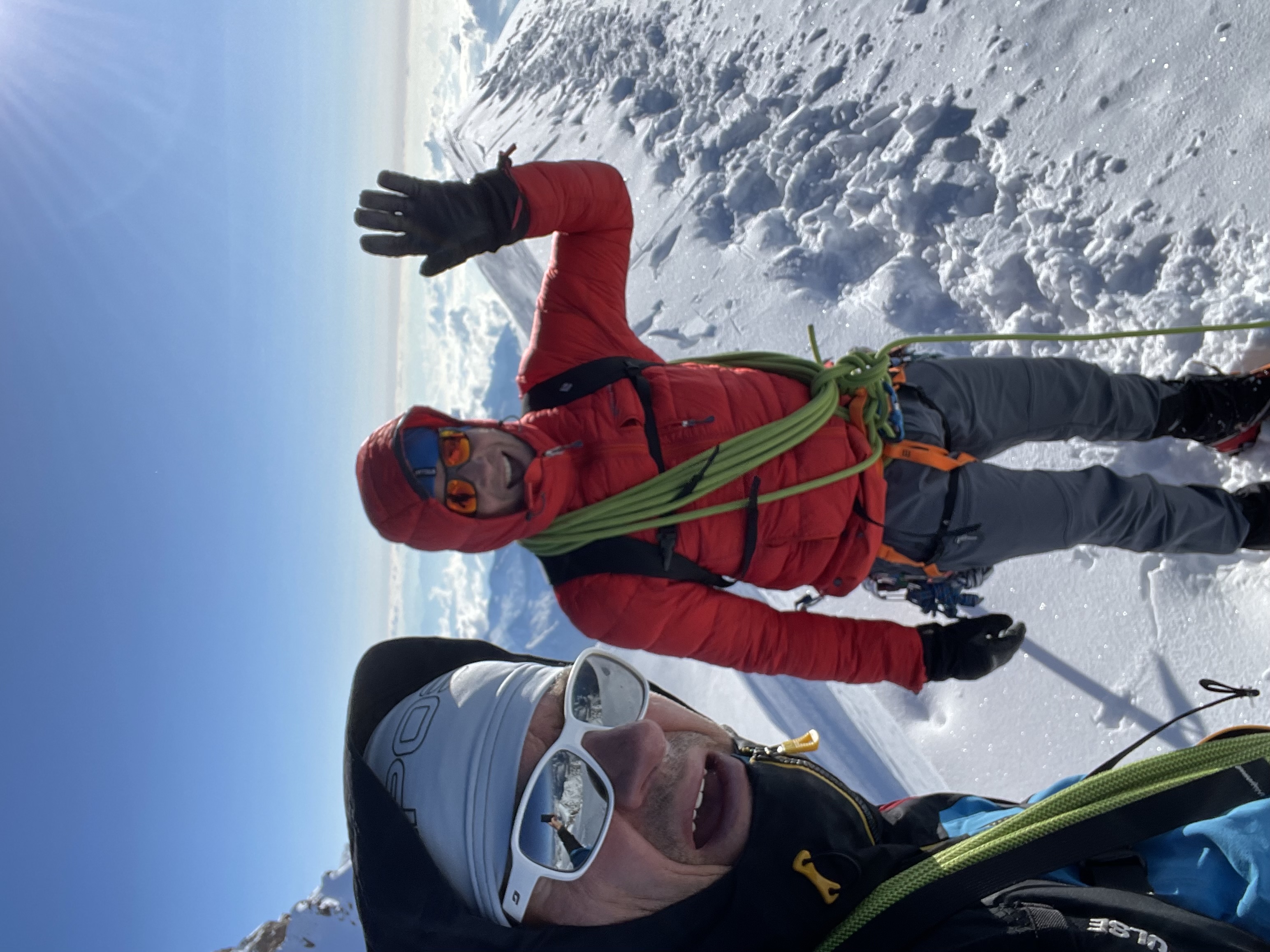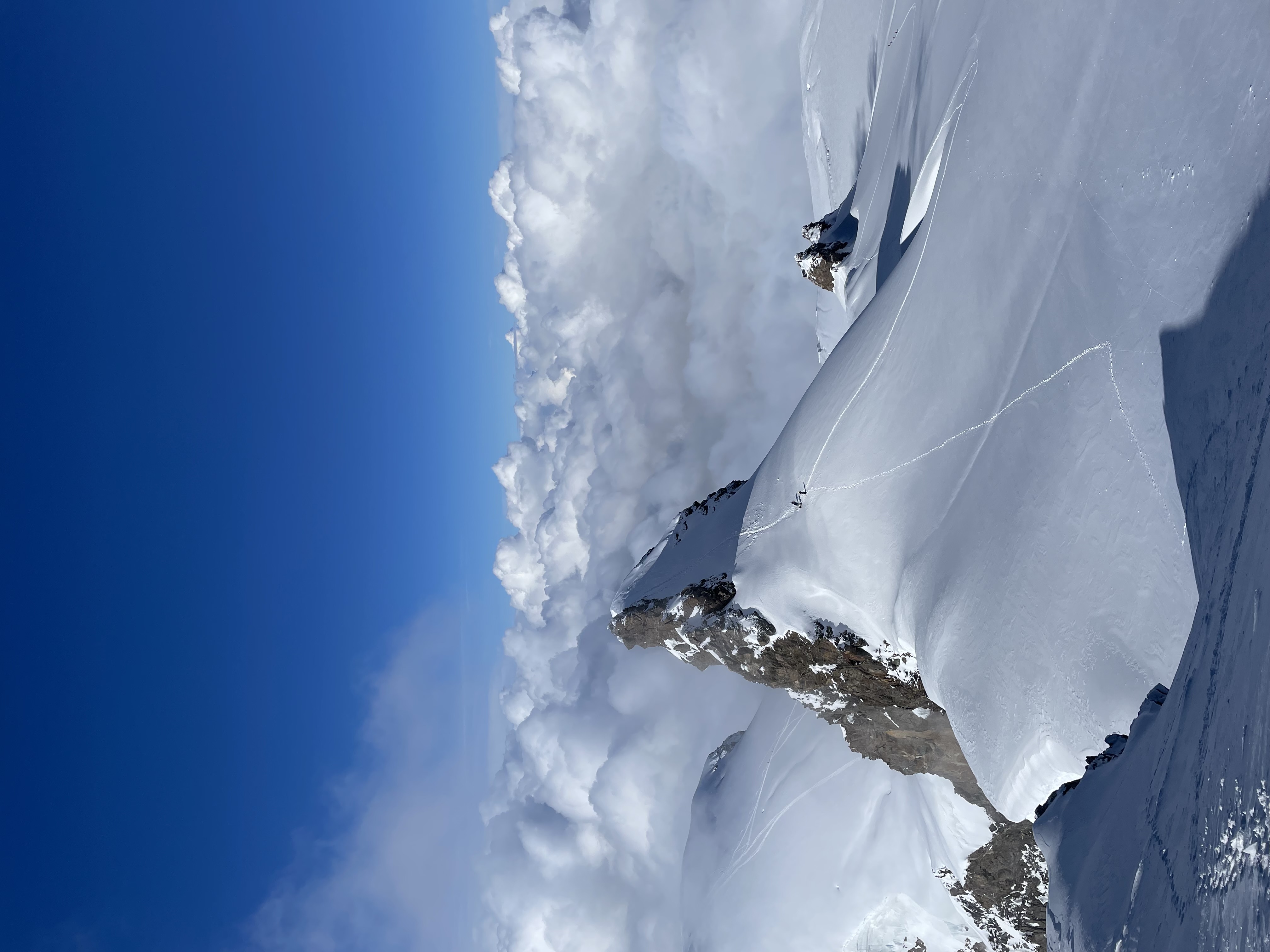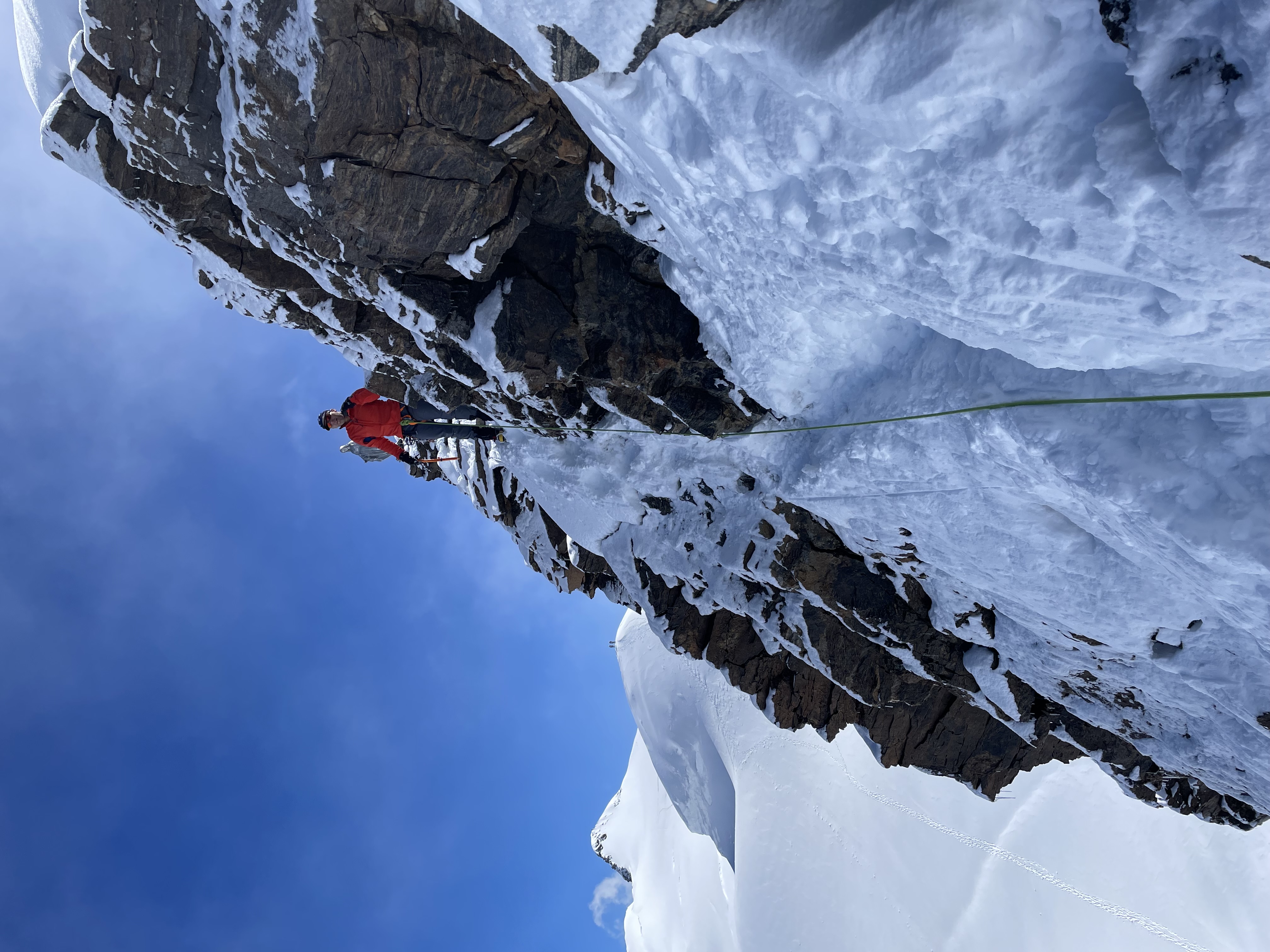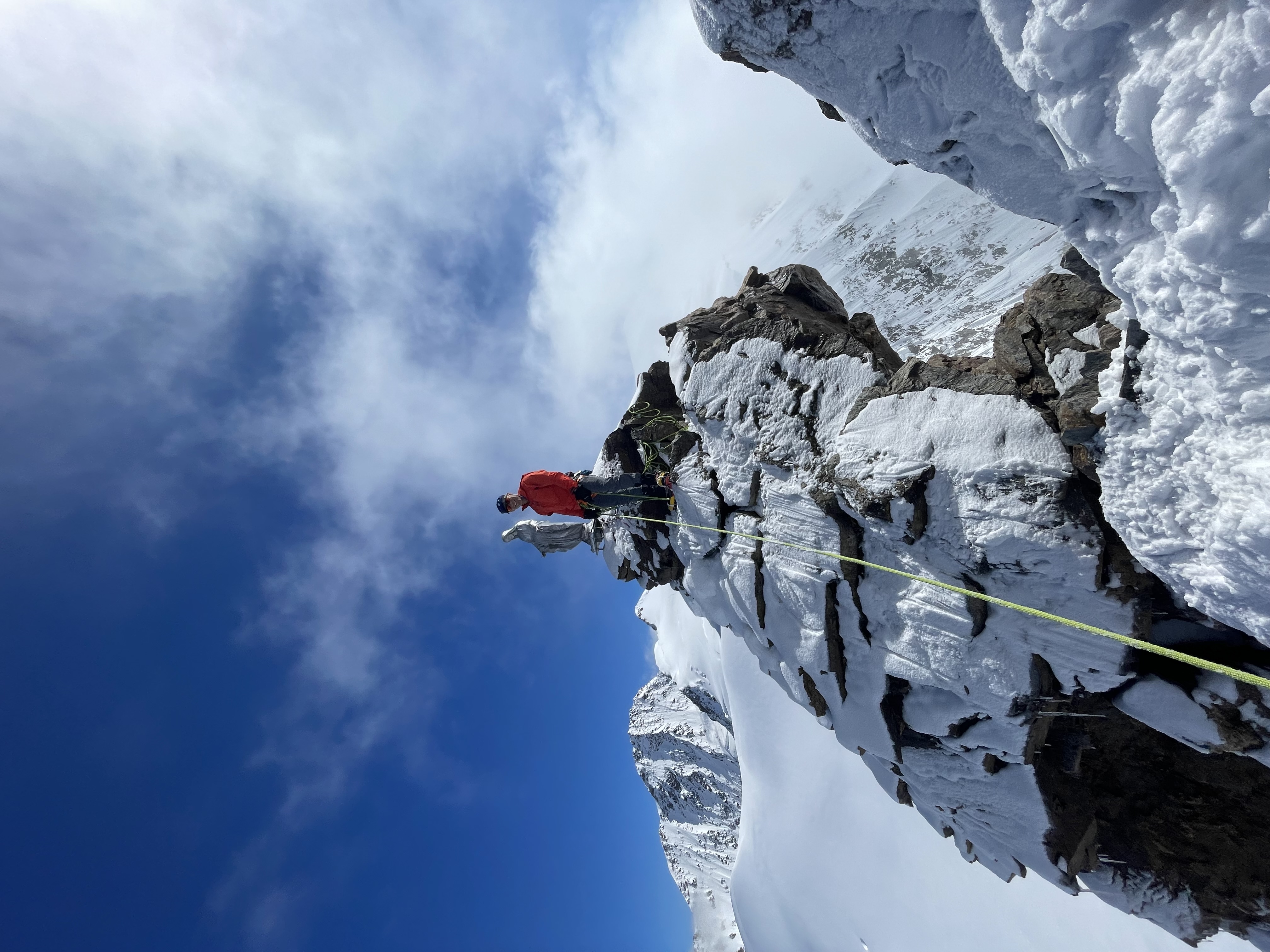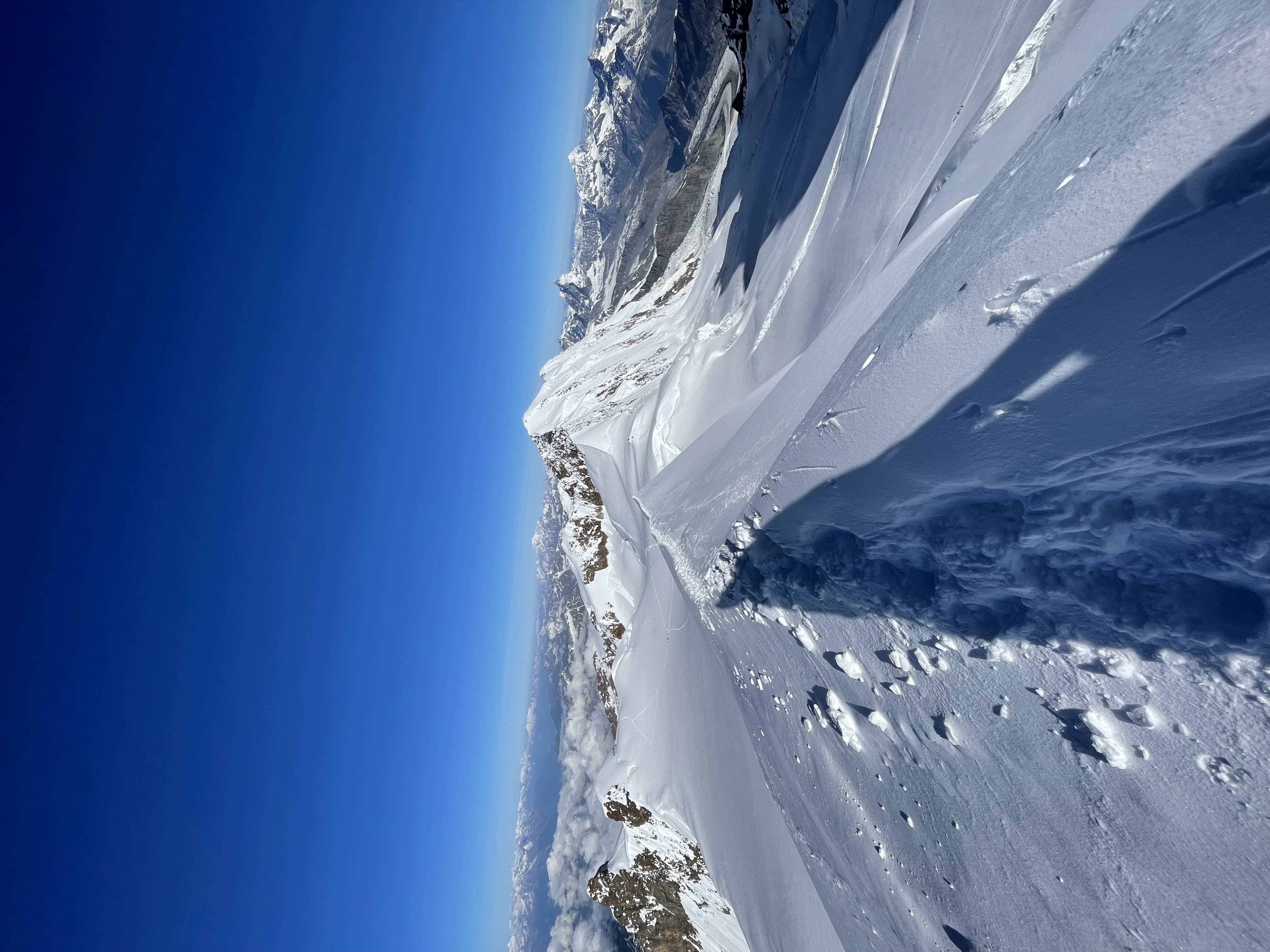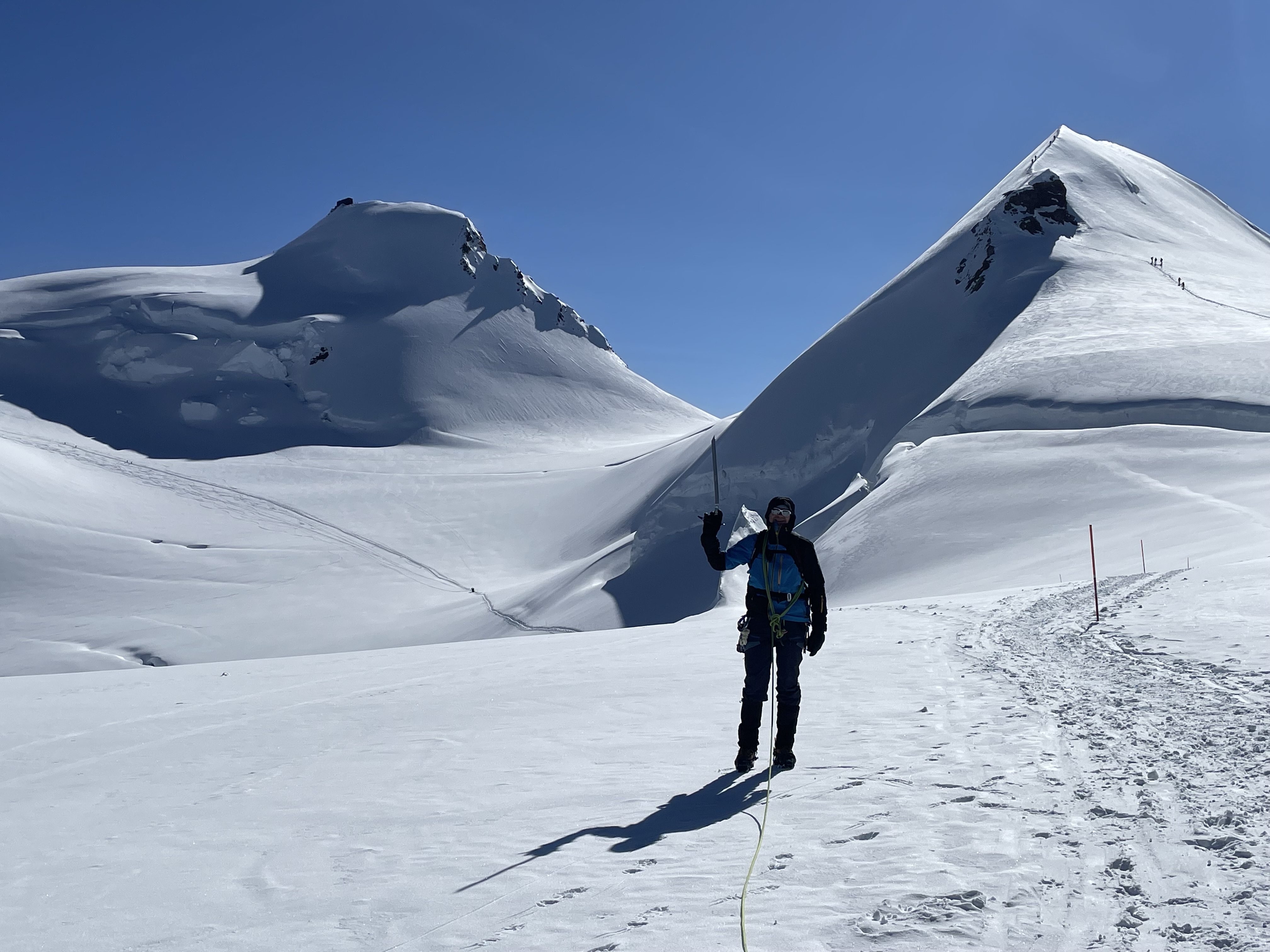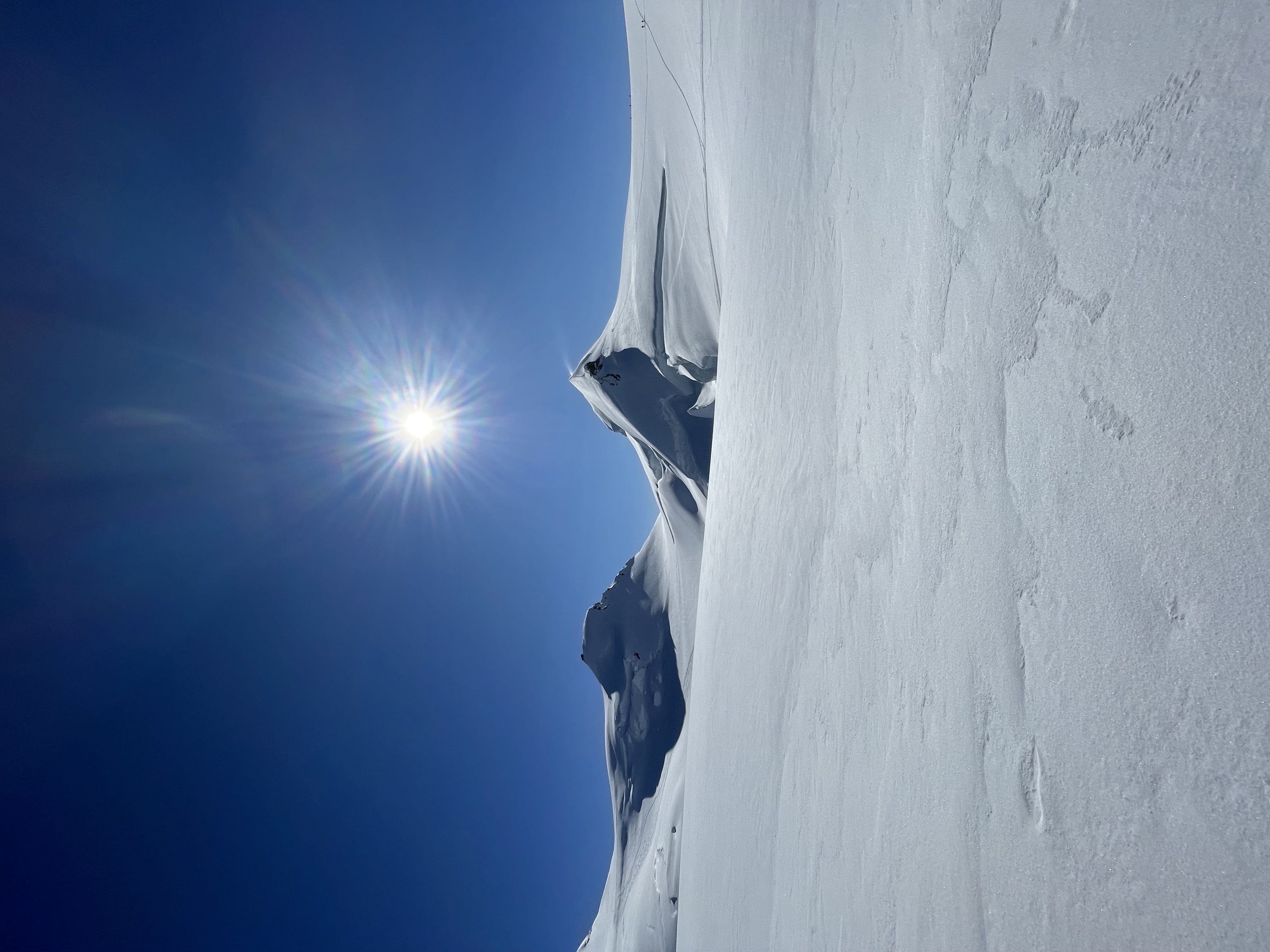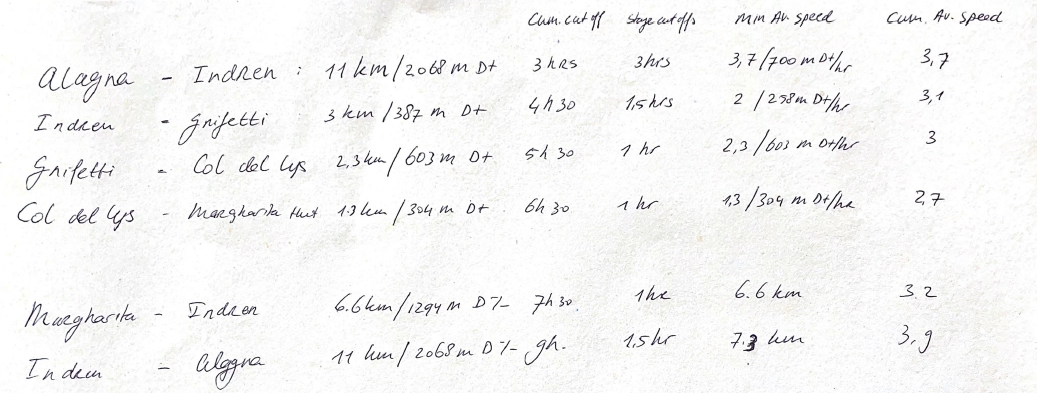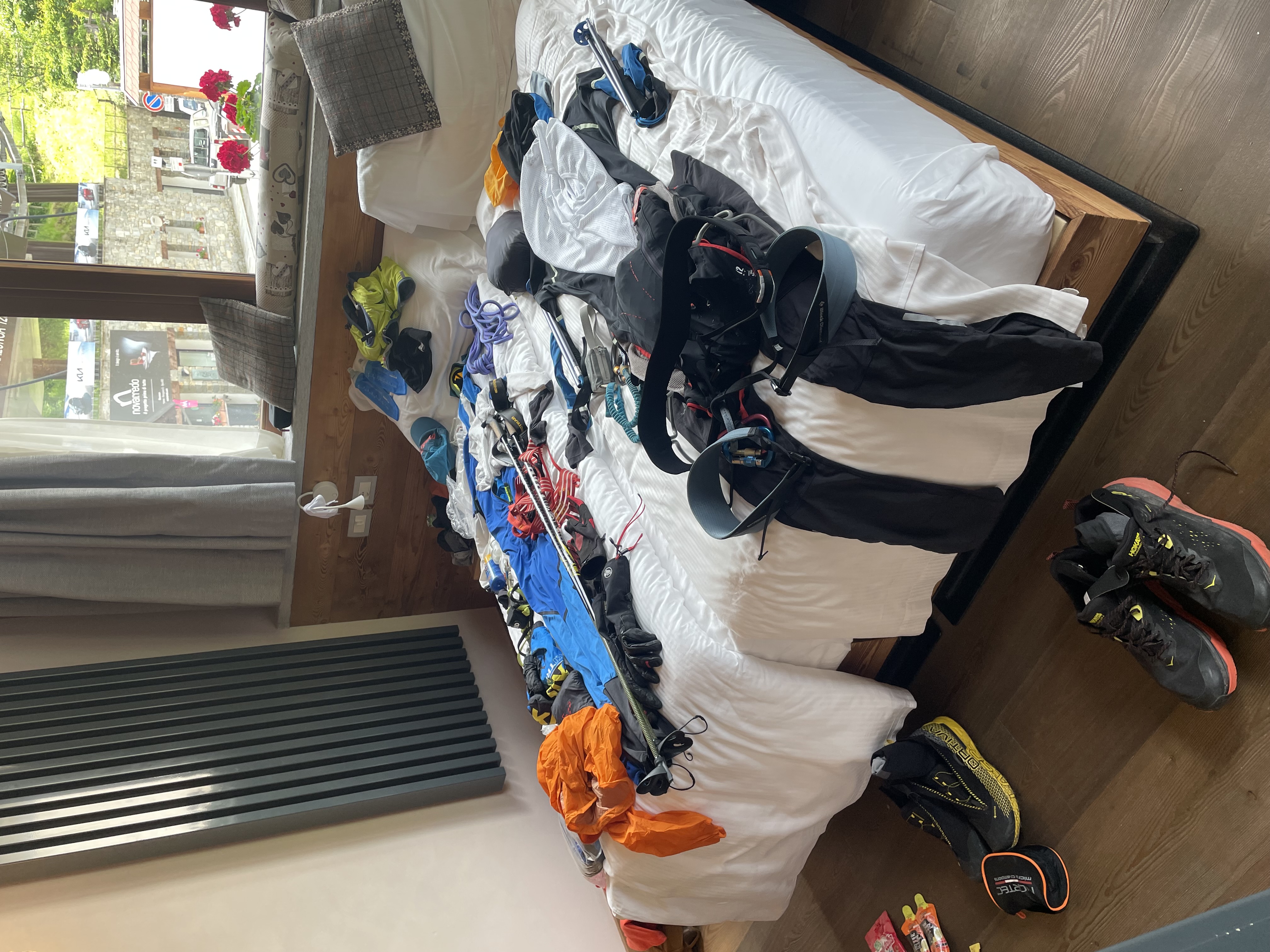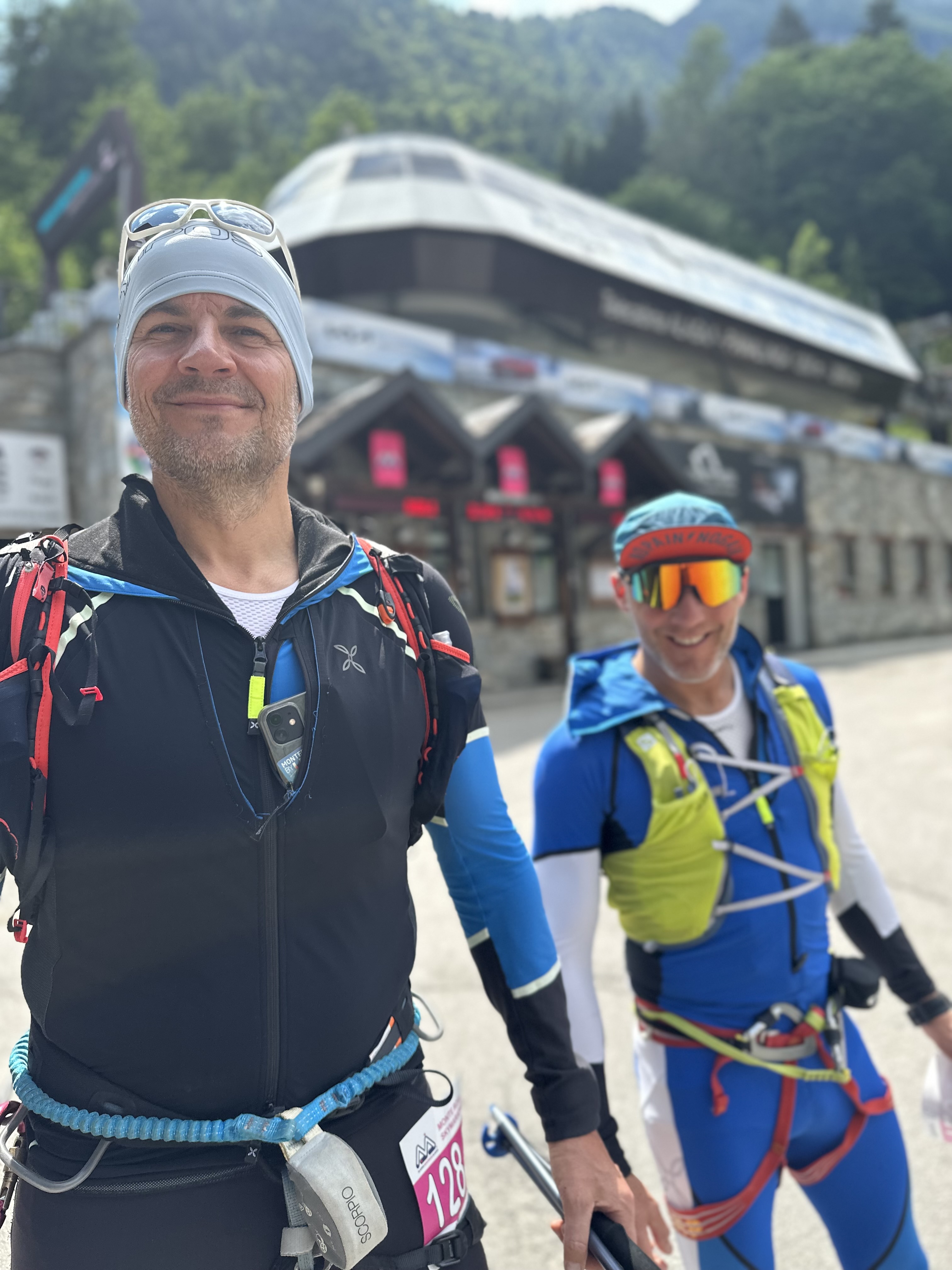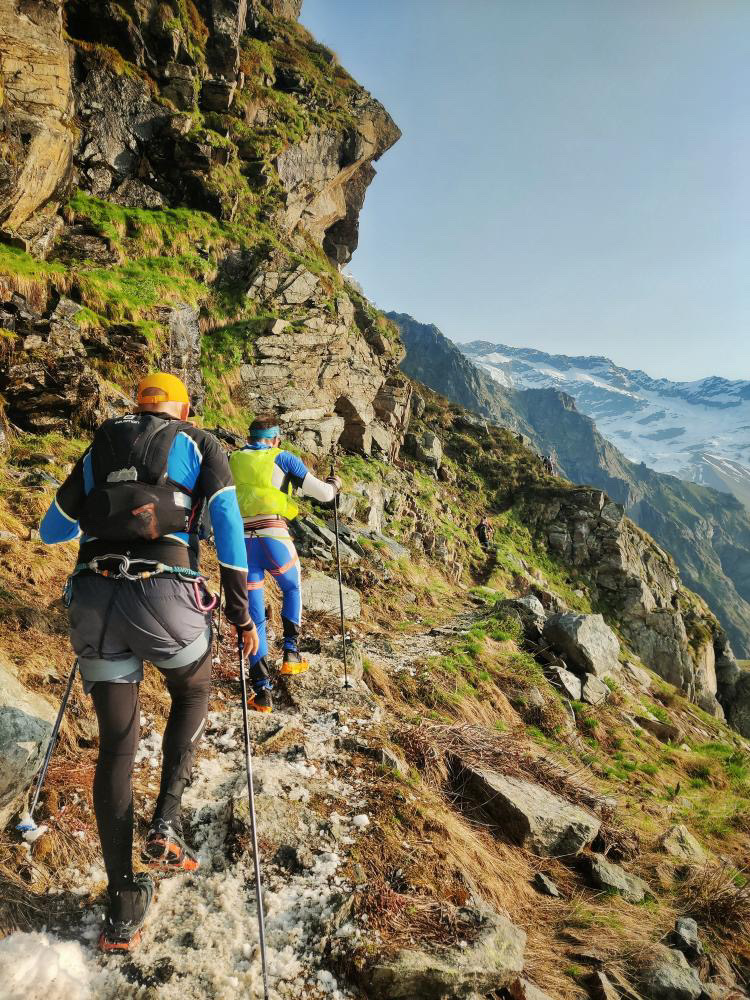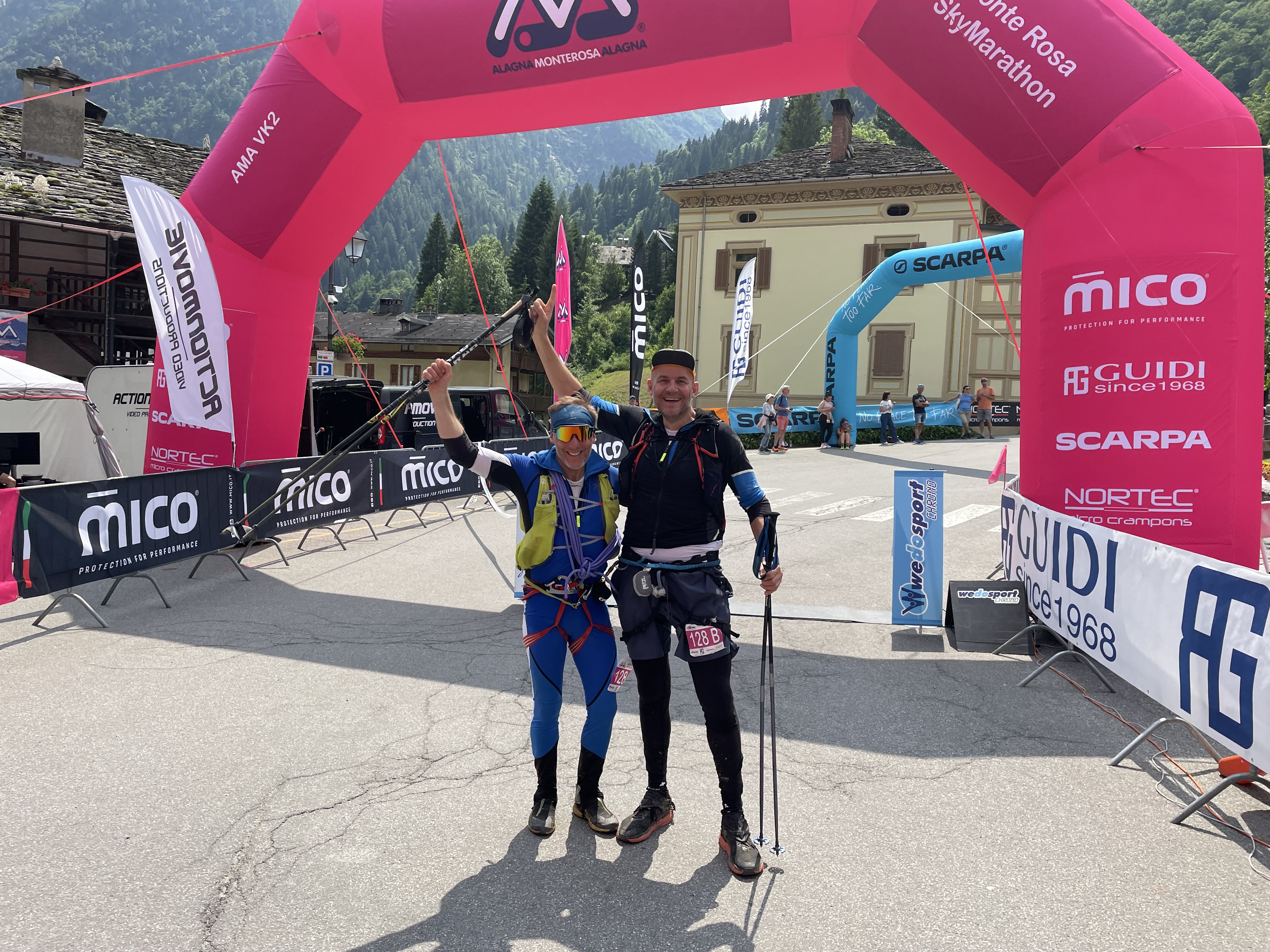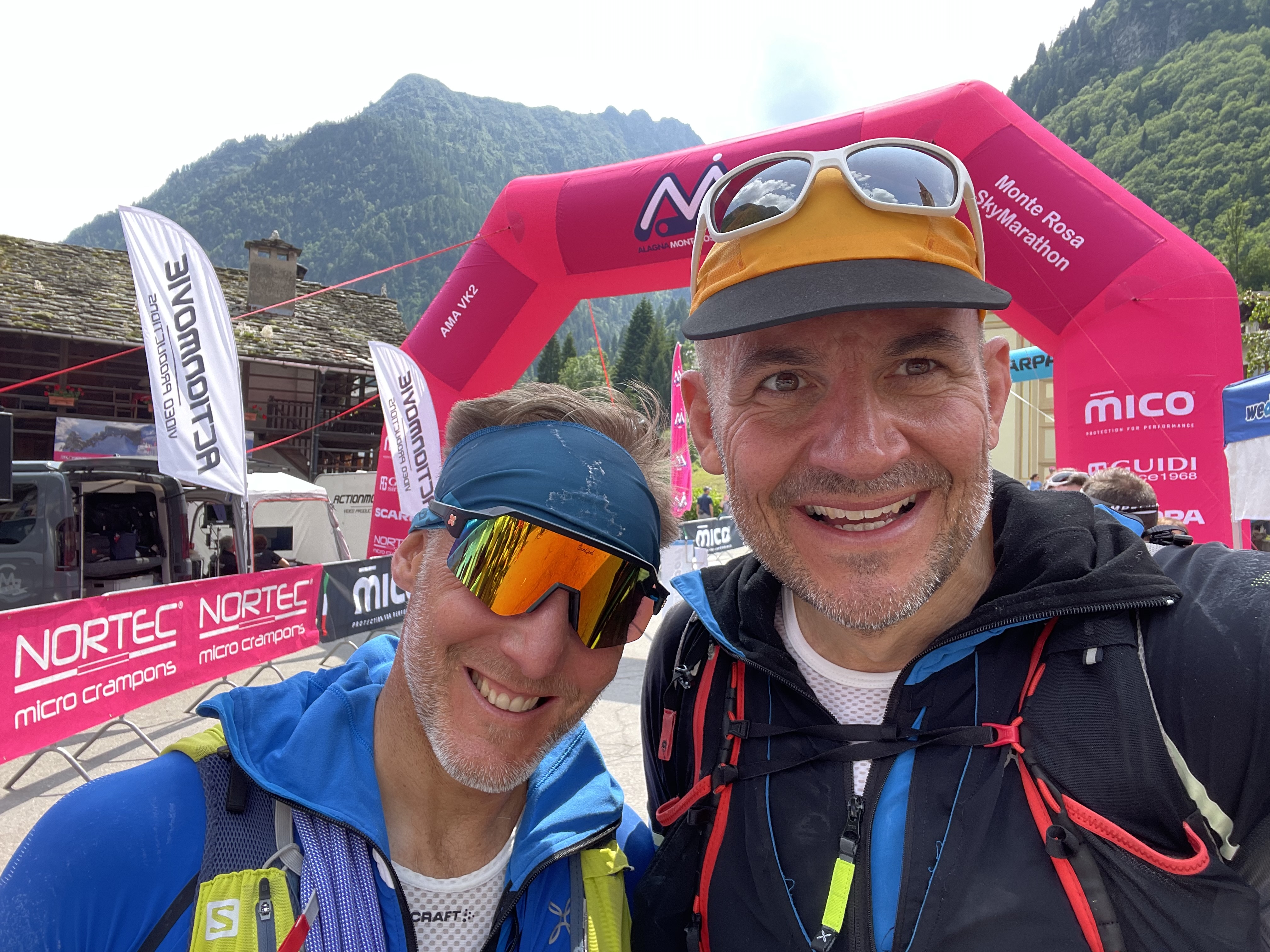Monte Rosa Sky Marathon / Mountaineering Trip
When my mate Graham Friend who’s an accomplished mountaineer asked me if i wanted to team up with him for the #MonteRosaSkyMarathon (MSM) – which would be a first for both of us – it did not take me long to confirm. A trail run race that starts in Alagna Valsesia (1,192m) in ![]() from where the race goes all the way up the Signalkuppe (4.554m) – the 4th highest peak in the
from where the race goes all the way up the Signalkuppe (4.554m) – the 4th highest peak in the ![]() Alps and back down to the valley. 35KM including 3.500m positive elevation. Neither the distance, nor the positive vertical elevation scared us hugely as both Graham Friend and I have – individually – ran far longer trail races including more vertical. But It was the ratio between the distance and vertical elevation, the ambitious time cut offs and the altitude at which a significant part of the race would take place that made this race a real challenge.
Alps and back down to the valley. 35KM including 3.500m positive elevation. Neither the distance, nor the positive vertical elevation scared us hugely as both Graham Friend and I have – individually – ran far longer trail races including more vertical. But It was the ratio between the distance and vertical elevation, the ambitious time cut offs and the altitude at which a significant part of the race would take place that made this race a real challenge.
